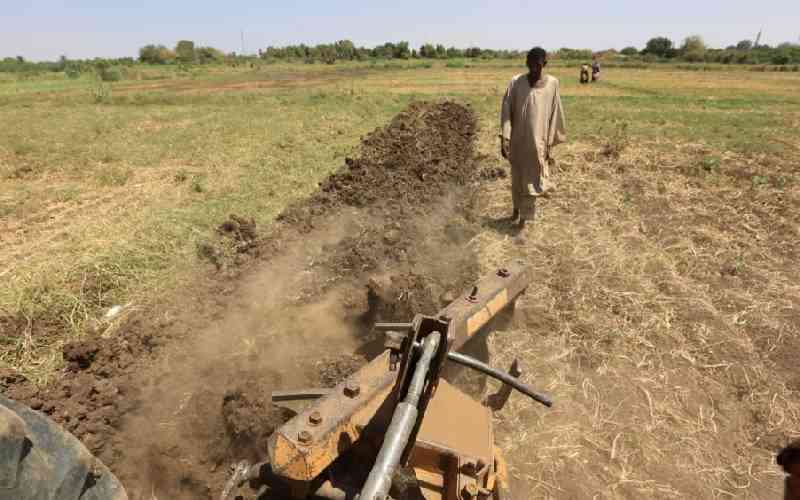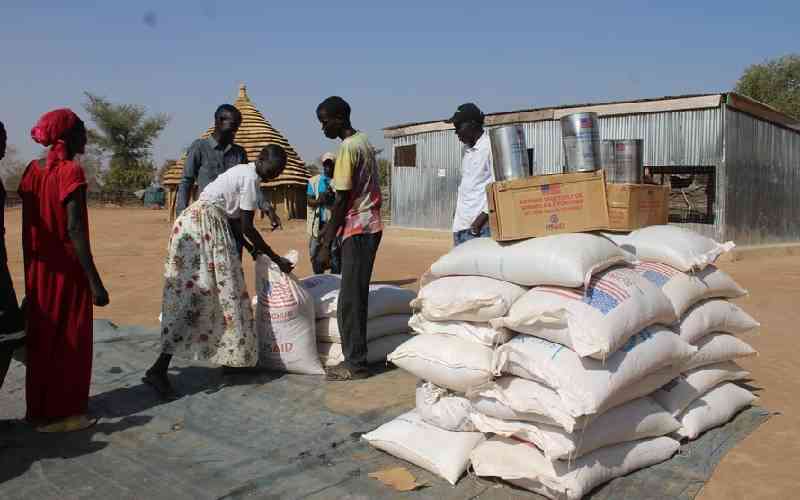The United Nations Food and Agriculture Organisation (FAO) has warned of worsening food insecurity across the globe.
A Crop Prospects and Food Situation Report released last week by the agency says food insecurity threatens as many as 38 countries, including 29 in Africa, although an all-time record of over 2.5 billion tonnes of cereal have been produced this year.
The increased production includes rice in milled terms, or 0.3 per cent higher than 2013, boosted by bumper crops in Europe and a record maize output in the United States.
However, despite what appears to be impressive figures, the report warns that food insecurity is worsening in a number of countries due to civil conflicts, adverse weather and the Ebola virus disease (EVD) outbreak. “Some 38 countries are at risk of food insecurity, including 29 in Africa, three more countries than reported in October,” it says.
According to FAO, Ebola virus disease triggered one of the biggest shocks to West Africa’s agriculture and food sectors, as it started to spread when crops were being planted and expanded throughout the farming cycle, especially in Guinea, Liberia and Sierra Leone.
It also warns that local rice prices and those for cassava, the region’s second staple food, showed notable increases in Freetown and other cities in September. “Adverse weather in the Sahel region is also expected to result in a sharply reduced harvest - by as much as 38 percent below average in Senegal,” the report adds.
Food assistance
One third of the population is in need of urgent food assistance in the Central African Republic (CAR), where this year’s food crop production is estimated to be 58 per cent below average despite improving on 2013, FAO said in the report.
It noted an increase in violence since early October in a country where one in four households has resorted to negative coping strategies, including selling productive assets and slaughtering livestock.
Prices of agricultural commodities shot up as much as 70 per cent this year in the CAR. According to FAO, the decline in cereal output was partially mitigated by a large 45 per cent jump in the production of cassava, which though less nutritious is less reliant on labour and other inputs.
Refugee movements - especially from Sudan’s Darfur region, northern Nigeria, the CAR and Mali - have put pressure on local food supplies, notably in Chad, where more than 550,000 people need food and livelihood assistance, according to the report.
While the recent harvest and delivery of humanitarian aid has offered relief, more than six million people in South Sudan, Sudan and Somalia are deemed to be in need of food and livelihood assistance.
Prices in those countries remain at high levels, with sorghum prices running as much as four times higher in some of the most conflict-affected areas, further deteriorating vulnerable people’s access to food.
Abandoned land
The organisation also said the situation in Syria is urgent, since an estimated 6.8 million people are facing severe food insecurity. It reports a notable production decline for the 2014 crop, due to abandoned land, scarce labour, damaged power stations and canals as well as drought conditions.
Stay informed. Subscribe to our newsletter
The situation in Iraq is also acutely serious, where the number of people displaced due to civil conflict has tripled since last year to 2.8 million, FAO adds. However, elsewhere in Africa conditions were better, especially in Southern Africa, where stable maize prices declined due to ample supplies from this year’s bumper output boosted food security.
More stable maize supplies also led to a 78 per cent drop in the number of food-insecure persons in Zimbabwe.
 The Standard Group Plc is a
multi-media organization with investments in media platforms spanning newspaper
print operations, television, radio broadcasting, digital and online services. The
Standard Group is recognized as a leading multi-media house in Kenya with a key
influence in matters of national and international interest.
The Standard Group Plc is a
multi-media organization with investments in media platforms spanning newspaper
print operations, television, radio broadcasting, digital and online services. The
Standard Group is recognized as a leading multi-media house in Kenya with a key
influence in matters of national and international interest.
 The Standard Group Plc is a
multi-media organization with investments in media platforms spanning newspaper
print operations, television, radio broadcasting, digital and online services. The
Standard Group is recognized as a leading multi-media house in Kenya with a key
influence in matters of national and international interest.
The Standard Group Plc is a
multi-media organization with investments in media platforms spanning newspaper
print operations, television, radio broadcasting, digital and online services. The
Standard Group is recognized as a leading multi-media house in Kenya with a key
influence in matters of national and international interest.









